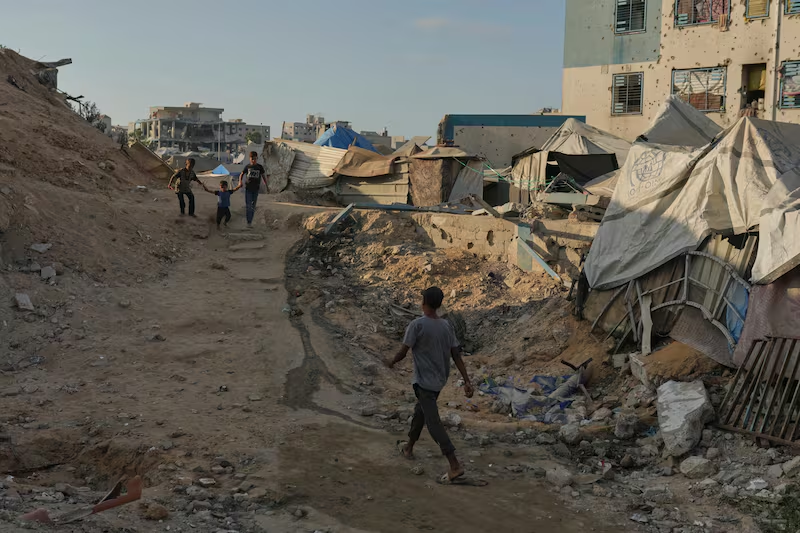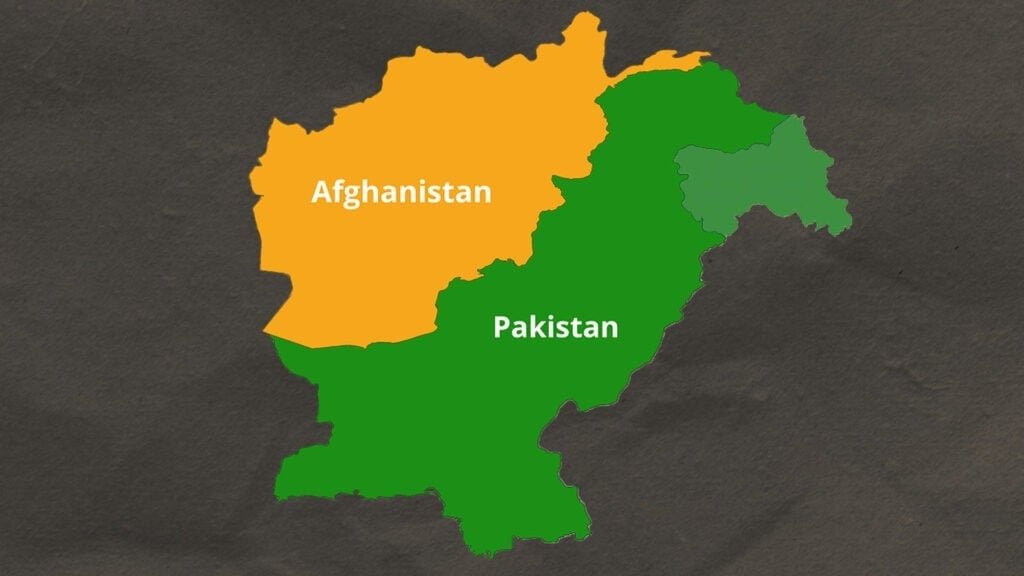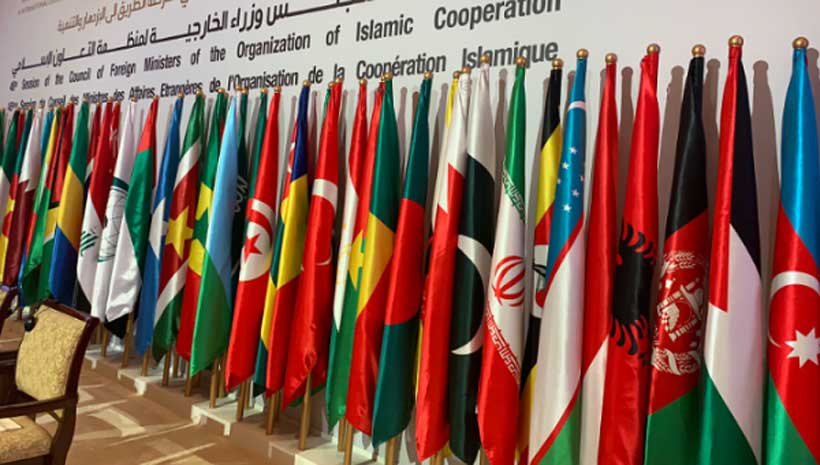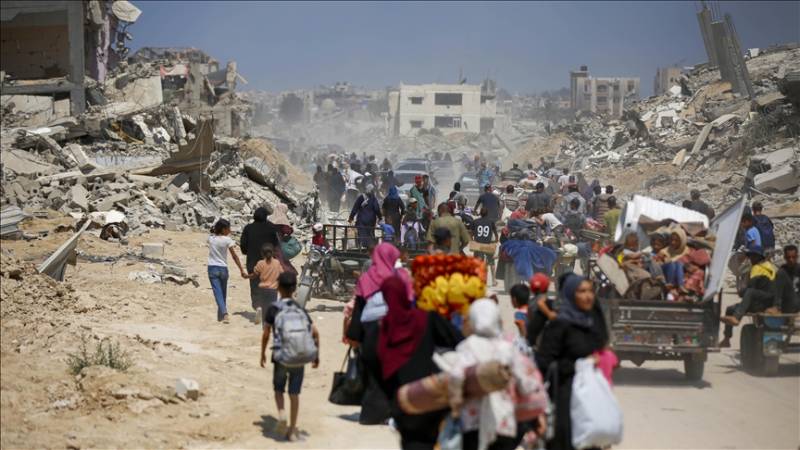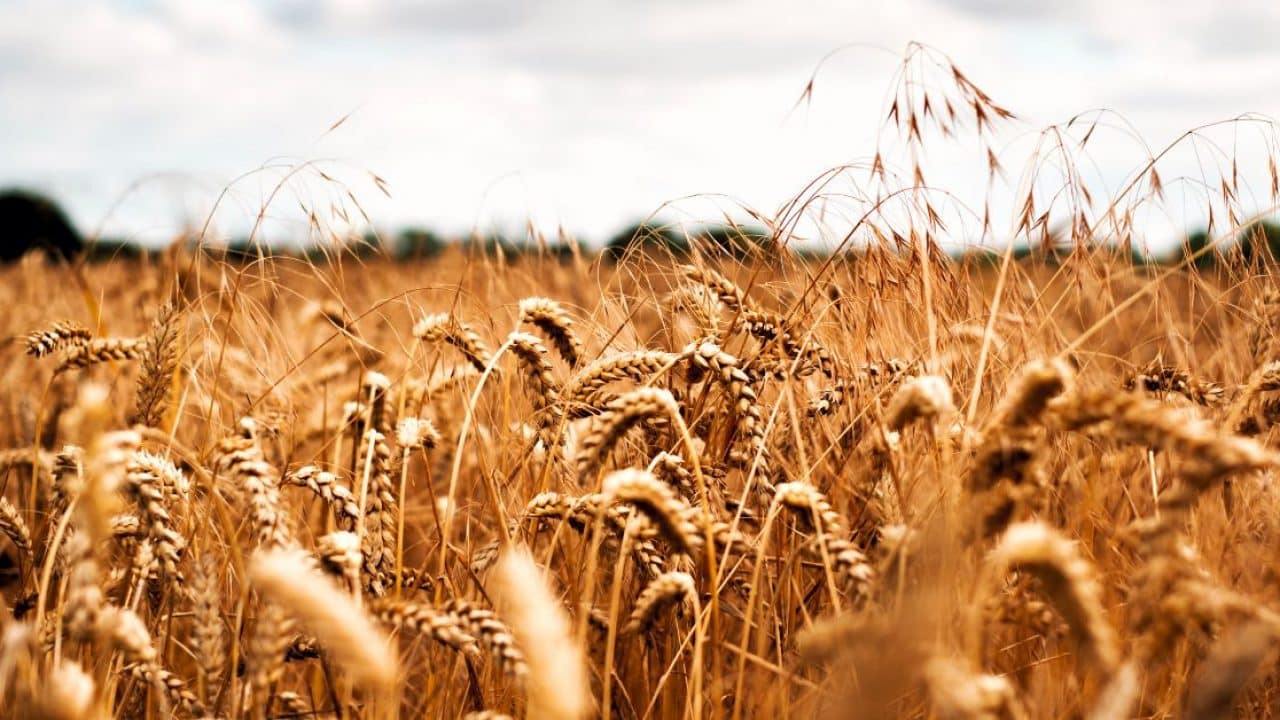By Arshad Mehmood Awan – Global Food Crisis and Food Security in Pakistan
Domestic food price inflation remains high around the world. Information between September to December 2022 shows high inflation in almost all low-income and middle-income countries; 83.3% of low-income countries, 90.5% of lower-middle-income countries, and 91% of upper-middle-income countries have seen inflation levels above 5%, with many experiencing double-digit inflation. The share of high-income countries with high food price inflation has risen to 85.7%. The countries most affected are Africa, North America, Latin America, South Asia, Europe, and Central Asia.
The agricultural and cereal price indices closed 1% and 2% higher, respectively than two weeks ago. The export index closed at the same level. Maize and rice prices, which closed 3% and 4% higher, respectively, drove the increase in the cereal index, whereas wheat prices closed 1% lower than two weeks ago. On a year-on-year basis, maize and rice prices are 10% and 16% higher, respectively, and wheat prices are 3% lower. Maize and wheat prices are 31% and 12% higher, respectively than in January 2021, and rice prices are 5% lower.
Fertilizer prices have declined from their peak in early 2022 but remain at historically high levels. Much of the decline can be attributed to weak demand caused by problems with affordability and availability. Supply-side challenges also affect fertilizer markets, including production shortages in Europe, disruptions caused by sanctions on Russia and Belarus, and trade restrictions in China.
The FAO Food Price Index (FFPI), a measure of the monthly change in international prices of a basket of food commodities, declined for the ninth consecutive month, the FAO reported in a January 2023 press release. It averaged 132.4 points in December 2022, down 2.6 points from November and 1.3 points from December 202. A sharp decrease in international vegetable oil prices and a moderate fall in cereal and meat prices drove the change. Increases in sugar and dairy prices offset these declines. For the entire year of 2022, the FFPI averaged 143.7 points, up from 2021 by as much as 18 points.
A joint press release by the United Nations System and the UN Global Action Plan on Child Wasting has called for urgent action to protect the most vulnerable children in the 15 countries hardest hit by the unprecedented food and nutrition crisis. More than 30 million children in these countries suffer from wasting—or acute malnutrition—and 8 million of these children suffer from severe wasting, the deadliest form of malnutrition. Conflict, climate shocks, the ongoing COVID-19 pandemic, and rising costs of living are increasing the number of acutely malnourished children as access to key health, nutrition, and other life-saving services declines.
Following Russia’s invasion of Ukraine, trade-related policies imposed by countries have surged. The global food crisis has been partially made worse by the growing number of food trade restrictions put in place by countries with the goal of increasing domestic supply and reducing prices. As of December 2022, 19 countries have implemented 23 food export bans, and eight have implemented 12 export-limiting measures.
According to the Global Report on Food Crisis 2022 Mid-year Update, up to 205 million people are expected to face acute food insecurity and need urgent assistance in 45 countries.
Read More: https://republicpolicy.com/the-success-story-of-the-punjab-food-authority/
According to the Pakistan Bureau of Statistics, the Cost of food in Pakistan increased 35.5% year-on-year in December of 2022, higher than 31.2% in the previous month, with onions (415%), tea (63.8%), wheat (57.3%), eggs (54.4), gram whole (53.2%) and rice (46.6%) recording the most significant increases.
According to Trading Economics global macro models and analysts expectations, food inflation in Pakistan is expected to be 33.00 per cent by the end of this quarter. In the long term, according to our econometric models, Pakistan’s Food Inflation is projected to trend around 10.00 per cent in 2024 and 6.00 per cent in 2025.
Pakistan is facing the enormous task of food inflation. The primary reason behind food inflation is the devaluation of the currency. A number of the food products are imported along with quite a raw material of food items. The soon the currency devaluates, the prices go higher. It is the fundamental reason for rising food inflation in Pakistan. Then, the economy of Pakistan is import based. The items like petroleum products add injury to the issue. An imported-based economy in the food category needs help to sustain the prices. Therefore, the agriculture sector is the most vital in Pakistan. Technological-based agricultural reforms are the way forward.
Supply chain disruptions are also one of the reasons for the rising food prices in Pakistan. Then, hoarding and mismanagement of food items can add to rising inflation. There is a need to regulate the sector, but the government should not intervene in the agricultural sector business. The governments are regulators and do not do business. The agriculture human resource is also essential for the growth of the agriculture sector, thus leading to the supply of the good. The agri-technology and modernization of the sector are crucial. Then, the profession should be made a profession of choice. The role of farmers in this regard is important. The welfare and productivity of farmers should lead the reforms in the agriculture sector. The government and private sectors must equip them with technological advancement.
Lastly, the import-based economy, in general, should be transformed into an export-based localized economy. The Cost of production should be minimized by allowing farmers raw and support materials at affordable prices. The control of the middleman and profit of the farmers is critical for better growth and, thus, ensuring a better supply chain. Administrative efficiency is also significant in this regard.
Pakistan must adopt a no-export food products policy. They should prioritize the local food chain food security. All essential agri and food products can be produced in Pakistan; therefore, there is no need to import luxurious food products from abroad for the elite class in Pakistan. Pakistan has been an agricultural country, and with administrative, scientific and technological reforms, Pakistan can ensure better food security.




